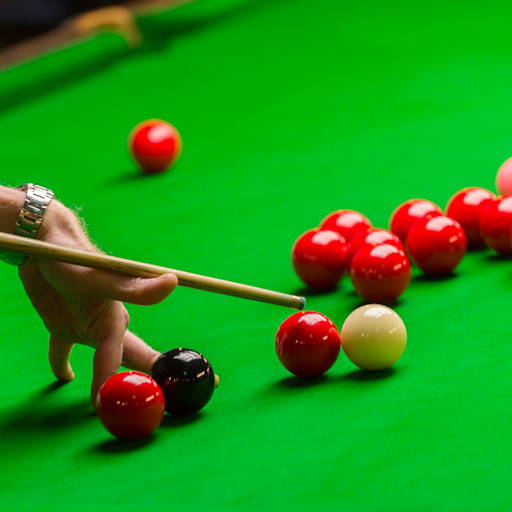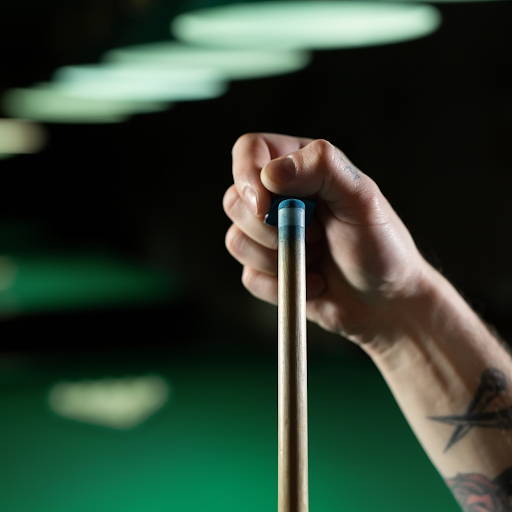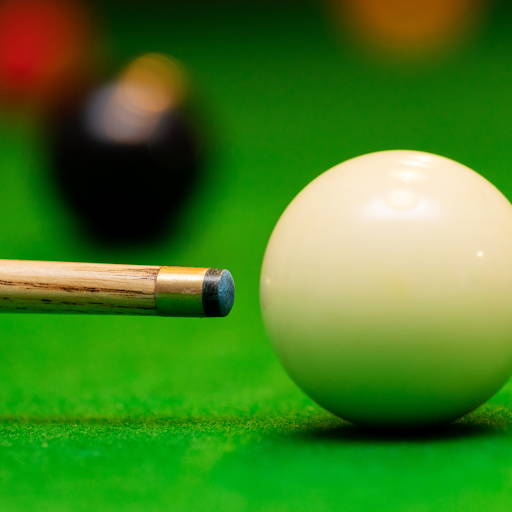Snooker vs Pool Cue: Understanding the Differences
Billiards is a broad term that includes a variety of games played on a felt-covered table with balls and a long stick, known as a cue.
Two of the most popular games under this umbrella are pool and snooker. As each game has distinct rules, equipment, and strategies, the cues used for snooker and pool also have significant differences.
This article aims to highlight the unique features of snooker and pool cues, enabling readers to understand their differences and suitability for each game.
History and Basic Differences
Before delving into the specifics of snooker and pool cues, it's worth noting how each game came into being. Snooker originated in the British Army's officer's mess in India in the latter part of the 19th century. Pool, on the other hand, was developed in the United States around the same time, evolving from a game called "pocket billiards."
Snooker is generally played on a larger table than pool, and it uses 21 balls, including 15 reds, compared to just nine or fifteen in most popular forms of pool. This basic distinction in the gameplay naturally leads to differences in the cues used for each game.

Design and Structure
Snooker Cue
A snooker cue is typically lighter and thinner than a pool cue, with a smaller tip diameter, usually between 9 and 10mm. It has a uniform, straight taper, meaning the cue's thickness is relatively consistent from one end to the other. This design allows for greater control and finesse, making it easier to spin the ball—crucial in snooker, given its strategic nature.
The butt of a snooker cue often includes a bumper, made out of rubber or a similar material, and may also incorporate a spliced or painted design for aesthetics. The joint of snooker cues is usually located closer to the butt of the cue, allowing for the addition of extensions, as snooker tables are larger and certain shots require a longer reach.
Pool Cue
Pool cues are generally heavier and thicker, with tip sizes usually ranging between 12 and 13mm. This extra weight and thickness can help players make the more forceful shots often required in pool. The taper of a pool cue is not uniform; it has a 'pro taper' on the shaft, which means the cue's diameter does not change for the first 10 to 15 inches upward from the tip. This design facilitates a consistent feel for the player’s bridge hand placement on follow-through.
The pool cue also includes a rubber bumper at the butt end, and the joint is often located in the middle of the cue, facilitating the use of different shafts. Some pool players prefer to use a break cue with a hard tip for the initial break, then switch to a cue with a softer tip for regular play. This would not be possible without a centrally located joint.
Material
Both snooker and pool cues are typically made from wood, but the specific type of wood can vary. Ash and maple are popular choices for snooker cues, with ash providing visible grain patterns that some players use for alignment. Pool cues, on the other hand, are often made from various types of maple, known for its density and durability. Some high-end pool cues use exotic woods for the butt section for added aesthetics.

Ferrule and Tip
Snooker Cue
The ferrule is the piece directly beneath the tip of the cue. In snooker cues, it's usually made of brass due to its resistance to mushrooming (when the sides of the tip bulge out over time). The tips on snooker cues are typically made of leather and are smaller in size, ranging from 9mm to 10mm. These smaller tips allow for more precision, which is crucial in snooker. They are typically softer than pool cue tips to better manipulate the cue ball.
Pool Cue
Pool cue ferrules are made from a variety of materials such as fiber, plastic, or ivory. The tips are larger, usually 12-13mm, and made of hardened leather. This hardness is necessary to withstand the forceful impacts that are often part of pool games. Larger tips offer a broader striking surface, which can be beneficial for the powerful breaks and shots seen in pool.
Weight and Balance
Snooker Cue
The weight of snooker cues usually varies between 16 and 18 ounces, with the balance point approximately 16-18 inches from the butt. The distribution of weight is crucial in snooker. A lighter, more front-weighted cue helps with control and is beneficial for the delicate shots required in snooker.
Pool Cue
Pool cues are generally heavier, ranging from 18 to 21 ounces. This added weight can help power the balls into the pockets. The balance point is generally more in the middle, which suits the different shooting styles in pool, including the use of English (side spin) and draw shots.
Joint and Shafts
Snooker Cue
The joint in a snooker cue is often a brass-on-brass fitting, contributing to a solid feel when playing a shot. Most snooker cues are designed with a one-piece or three-quarter shaft-to-butt ratio, which assists in maintaining a straight stroke and provides consistency in the hit.
Pool Cue
Pool cues commonly feature stainless steel or similar durable material for joints. As for shafts, many pool cues have a two-piece design for portability and easy storage. The joint of a pool cue usually resides in the middle, which allows players to change shafts depending on their game, an option not commonly seen in snooker.
Cue Length
Snooker Cue
The standard length for a snooker cue is around 57-58 inches. Given the larger size of snooker tables, players sometimes use additional extensions to reach distant balls.
Pool Cue
Pool cues are typically a bit shorter, with a standard length of around 57 inches. As pool tables are smaller, there's rarely a need for extensions.

Conclusion
While snooker and pool cues may appear similar to the untrained eye, understanding their subtle differences can significantly impact a player's performance. The thin, light design of snooker cues is perfect for the precision and control required in snooker, while the thicker, heavier pool cues are designed for the powerful shots required in pool. The right choice of cue is not merely a matter of personal preference but can be instrumental in mastering the challenges of each unique game.
Here's a comparative table to summarise the differences between snooker and pool cues:
So while snooker and pool cues share some similarities, the differences in design, material, and functionality are tailored to meet the demands of their respective games. Understanding these differences can help players choose the right equipment and further enhance their gameplay.
Are you looking for a Pool Table? check out our pool tables range Pool Tables





